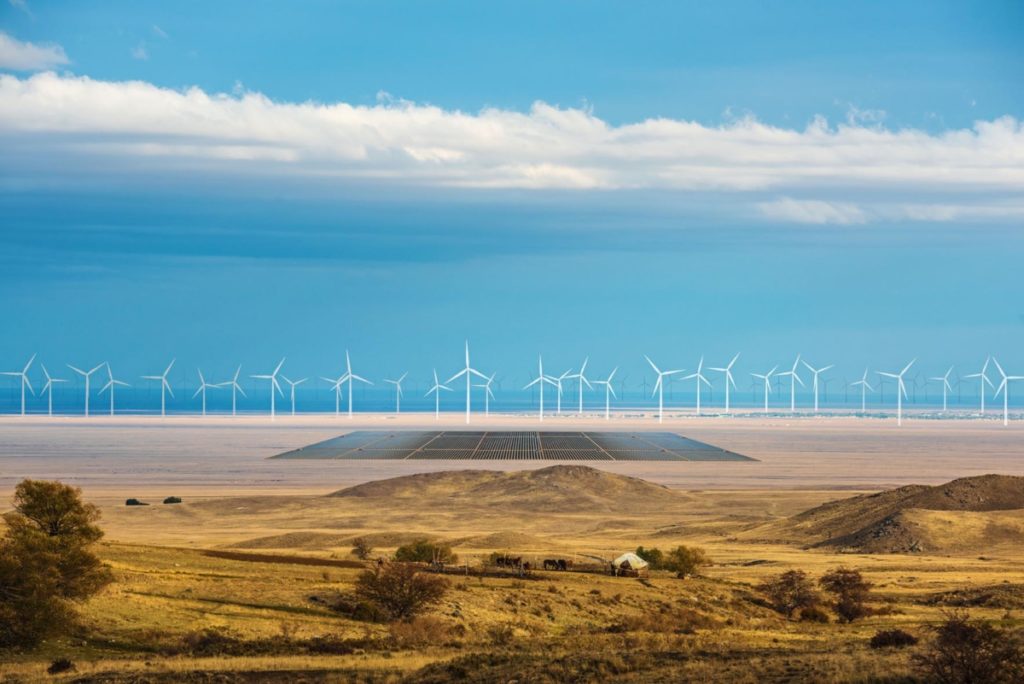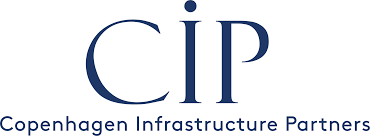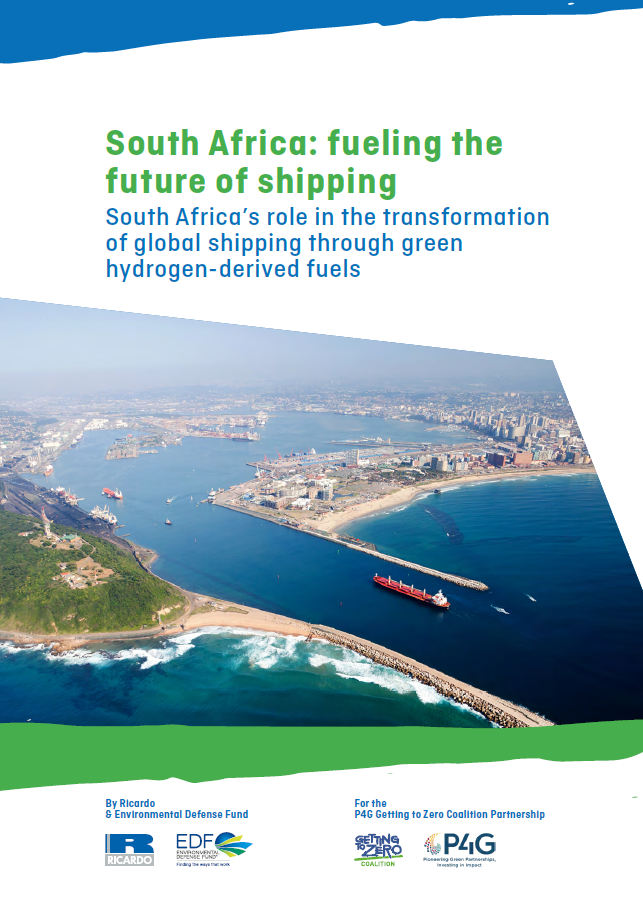The Ammonia Wrap: 45 GW mega-project in Kazakhstan and more
By Julian Atchison on June 30, 2021
Welcome to the Ammonia Wrap: a summary of all the latest announcements, news items and publications about ammonia energy.
45 GW mega-project in Kazakhstan

What a year for GW-scale announcements: Oman, Mauritania and now Kazakhstan! This week, German renewable energy developer Svevind signed a new MoU with Kazakhstan’s national investment company. The aim is to develop 45 GW of wind and solar capacity to power 30 GW of electrolsyers in central and western Kazakhstan. Fully developed, the project will produce 3 million tonnes of green hydrogen annually, which will either be directly exported or used locally to produce products such green ammonia, steel or aluminium.
World-first industrial “dynamic” green ammonia plant
Skovgaard Invest, Vestas, and Haldor Topsoe will partner up to develop a 10 MW, “dynamic” green ammonia plant in Denmark. In a world-first, electrolysis units at the 5,000 tonnes per year plant will be directly connected to existing wind turbines and a new solar park, with no battery storage or buffering. Topsoe will lead on technology design to “secure optimal production output” from the inherently variable setup.
Japan’s Idemitsu to use Tokuyama facility for ammonia imports, co-combustion test

Idemitsu and IHI will explore development of an ammonia supply chain at Idemitsu’s existing Tokuyama industial complex. Petrochemical storage units would be converted to allow for ammonia import, and Idemitsu plans to conduct a co-combustion test with ammonia and gas at an on-site naptha cracker furnace, beginning in 2022-3.
More successful funding rounds
Copenhagen Infrastructure Partner’s Energy Transition Fund reached a first close of €800 million this week, with an overall target of €2.5 billion. CIP already has a portfolio of greenfield, industrial-scale PtX projects lined up to invest in, including Murchison Renewable Hydrogen (Siemens) and CIP’s own 1 GW Høst green ammonia plant in Ejsberg, Denmark.
And AP Ventures has closed its $316 million Fund II, which includes investment partners Equinor, Mitsubishi, Sumitomo and Yara. AP Ventures currently has a portfolio of 17 investments across the across the hydrogen value chain, including end uses such as ammonia.
Green ammonia in Ireland
Ireland’s Minister for Climate Action Eamon Ryan has foreshadowed a unique role for hydrogen and ammonia in the country. Ireland has become the EU’s “data center capital”, but by 2030 the sector is forecast to consume 29% of Ireland’s electricity – obviously a complicating factor for any decarbonisation push. But, with wind power set play a big role in Ireland’s future power generation mix, buffering will be required to ensure continuous electricity supply. Ryan will request that organisations with data centers in the country explore the use of “back-up” hydrogen, ammonia and batteries, or whatever zero carbon solutions they can employ. Stay tuned for more ammonia announcements out of Ireland as the year continues.
South Africa’s potential to fuel green shipping: new report
A new report from Ricardo and Environmental Defense Fund suggests South Africa could play a leading role in supplying the global shipping fleet with zero-carbon fuels like ammonia. With the right policy incentives (both domestically and from the IMO), the country could attract investment between $8-12 billion in onshore infrastructure to provide zero-carbon fuels at its extensive port network. The report’s authors argue South Africa has multiple advantages in this race: its key location on global maritime trade routes, its abundant (but untapped) renewable energy resources, its large coal workforce that requires transitioning to new employment as the sector winds down, and its proximity to other African countries with similar, zero-carbon maritime fuel potential.
Obsky LNG becomes Obsky hydrogen/ammonia
Russia’s largest gas independent Novatek has entered discussions to repurpose a proposed LNG export project in western Siberia into a blue ammonia/methanol export project. Instead of being refined, liquefied and exported, gas extracted from the Yamal Peninsula would be converted to hydrogen using SMR, which would then be used to produce ammonia and methanol for export. Carbon emissions from the SMR process would be captured and sequestered underground.
More developments in the Middle East
And, as Saudi Aramco predicts that blue hydrogen and ammonia demand will ramp significantly from 2030, Oman’s national petroleum organisation OQ announced it is looking to develop a portfolio of green hydrogen, green ammonia, green methanol, green steel, blue hydrogen and blue ammonia projects. OQ is also a partner in InterContinental’s next “Green Supergiant” project: 25 GW of green hydrogen and ammonia production in the Omani desert (more on this in last month’s Ammonia Wrap).
Get the Ammonia Wrap straight to your inbox every week
Make sure you’re signed up for AEA email updates, including our weekly newsletter that features articles just like this one.


